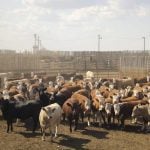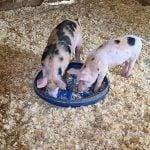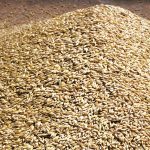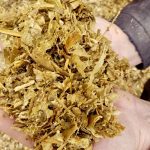Masterfeeds, a major feed supplier to Canadian livestock producers, is poised to merge into a new joint venture with U.S. feed businesses.


Feed company’s 15 Canadian mills to join new U.S./Canada business

After two years reviewing updated data, regulators rule in favour of a popular pest control product

The toxins can be associated with low performance before they have a clinical effect on cattle




Dairy Corner: Always recommended to start with a feed analysis to know what you have

Grain Millers bans oats treated with insecticide product

Market Update with Jerry Klassen: As usual, a lot will depend on whether there’s moisture for grass and feed grains

Market Update with Jerry Klassen: The fall of 2023 is not a good time to think about backgrounding calves